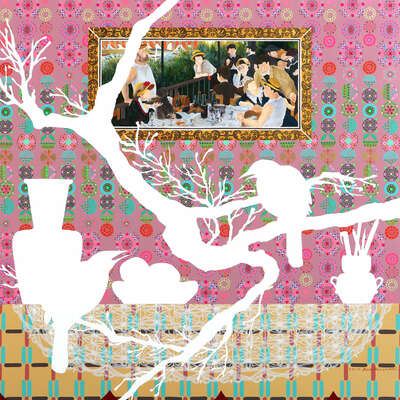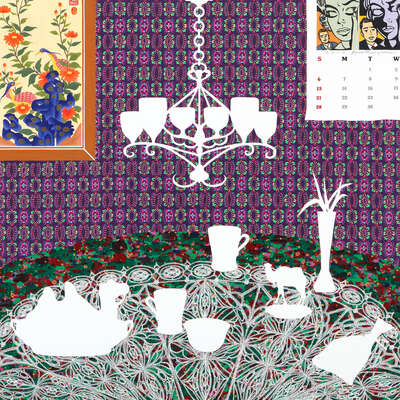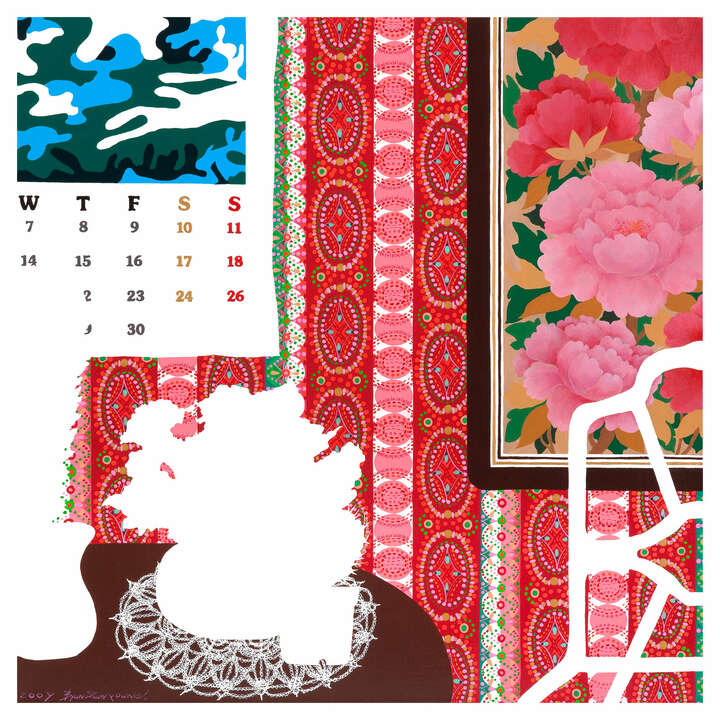
Expressionism
Expressionist art is characterized by a vivid and direct "portrayal" of private experience - of moods that are felt and seen, but aren't realist. Expressionism as a movement has been prominent most famously in painting and art, but also literature and film. Discover this exciting art movement at LUMAS as art for your home!


















Expressionism:
The beginnings and precursors of expressionism
Vincent van Gogh, Paul Gauguin, Edvard Munch and Henri Toulouse-Lautrec are considered the forerunners of Expressionism. The Scream (1890) by Edvard Munch is considered the first painting in this new style. The "strong fauvists" around Henri Matisse from France are also regarded as pre-expressionists.
Dissatisfaction with bourgeois naturalism and the supposed superficiality of impressionism, the great styles of the late 19th century, gave rise to new forms of expression. Inner emotional states were to be made visible with wild colors and archaic forms. Influences ranged from African masks to the art of Oceania. The increasing urbanization and technologization of the world of work and life also contributed to a multitude of impulses.






Landmarks of expressionism between 1905 and 1914
Expressionism literally refers to expression in its conventional meaning. The artists tried to find these new forms of expression that went beyond a pure aesthetic like that of Art Nouveau or the lightness of Impressionism. The aim was to evoke reactions in the viewers and to break away from realistic representation.
German artists in particular were at the forefront of developments in modern art, and especially of the expressionist movement. In Germany, the Artists' Association die Brücke ("The Bridge") was the driving force of Expressionism. Its most famous representatives were Ernst Ludwig Kirchner, Erich Heckel, Karl Schmidt-Rottluff, Max Beckmann, Otto Mueller and Max Pechstein. The exhibition group Der Blaue Reiter ("The Blue Rider") around Franz Marc, Wassily Kandinsky and Gabriele Münter spread the new views on art further. Franz Marc's works with the blue horses or yellow dogs are still world-famous today. August Macke and Marianne von Werefkin are, along with Kandinsky and Kirchner, other famous artists of German Expressionism connected with the Blue Rider movement.








The characteristic style of expressionist paintings is expressive, angular, abstract and woodcut-like. Many artists used unmixed colors, which they applied directly to the canvas. Very bright colors and colorful pictures were the result. In this way they hoped to be able to express feelings like anger, pain or fear directly. The urban environment was a common setting for these explorations. The motif of the city and its inhabitants returns again and again.
The end of expressionism, abstract expressionism, and neo-expressionism
The disillusionment of the First World War marked a temporal break for Expressionism. This was followed by art styles such as New Objectivity, surrealism, and non-objective currents such as abstract painting. Wassily Kandinsky, for example, soon separated color from its representational value and gave it an intrinsic value. Abstract compositions without motifs like cities, people, and animals were frequently featured. American artists like Mark Rothko and Jackson Pollock took up the practice of non-objective art again in the middle of the 20th century. The process of painting itself is becoming increasingly more important than the result. Rothko called his large-format, meditative canvases color field paintings and Pollock's fast, expressive splashes of paint can be seen in his famous Action Painting technique. In summary, one calls these trends Abstract Expressionism.
Starting in the 1960s, however, artists resumed figurative art, but still used an expressionist painting style. This figurative expressionism is characteristic of the new movement of Neo-Expressionism. The best-known representatives are, among others, Georg Baselitz, Keith Haring, and Jean-Michel Basquiat. Through these figures in particular, the legacy of expressionism still animates art to this day.
Expressionist artworks at LUMAS
Our curated collection of expressionist art includes artists working in the best traditions of Expressionism and Neo-Expressionism. Our portfolio includes a wide array of famous and up-and-coming artists. Discover limited edition prints by artists like A.R. Penck, and Olaf Hajek. Lovely expressionist paintings by the German artistDaniel Maria Thurau are reminiscent of the proto-expressionists like Vincent van Gogh or Paul Gauguin.
Timeline and most important works of expressionism
| 1890 | Edvard Munch The Scream is considered the first expressionist work of art. |
| 07.06.1905 - 05.1913 | The artist group Die Brücke is founded in Dresden, later dissolved in Berlin. Founding members: Ernst Ludwig Kirchner, Fritz Bleyl, Erich Heckel, and Karl Schmidt-Rottluff. |
| 04/21/1910 | The Neue Secession ("New Secession") group is founded by Georg Tappert and Max Pechstein. Between founding and 1914 features seven exhibitions in Berlin. |
| 22.01.1909 | Foundation of the Neuen Künstlervereinigung München - N.K.V.M, around Kandinsky. Important exhibiting artists: Marianne von Werfekin, Pablo Picasso, Georges Braques, Wassily Kandinsky, Gabriele Münter and others.. |
| 1933 | After the seizure of power by the National Socialists, Expressionism is considered one of the degenerate arts. Artists were persecuted, paintings were removed from museums, destroyed, or sold abroad. The loss to posterity is immeasurable. |
| from ca.1950 | USA: rise of Abstract Expressionism with Color Field Painting, Action Painting, Drip Painting etc. Contemporary European movements: Informel, Art Brut, Tachism. Expressionism completely detaches itself from representationalism. |
| from the 1960s | Neo-expressionism. Return to figurative painting, but in expressionist style. Representatives in Germany: Georg Baselitz, Eugen Schönebeck, Anselm Kiefer, and A.R. Penck. Also called Neue Wilde, Wild Style (Basquiat, Haring). |





